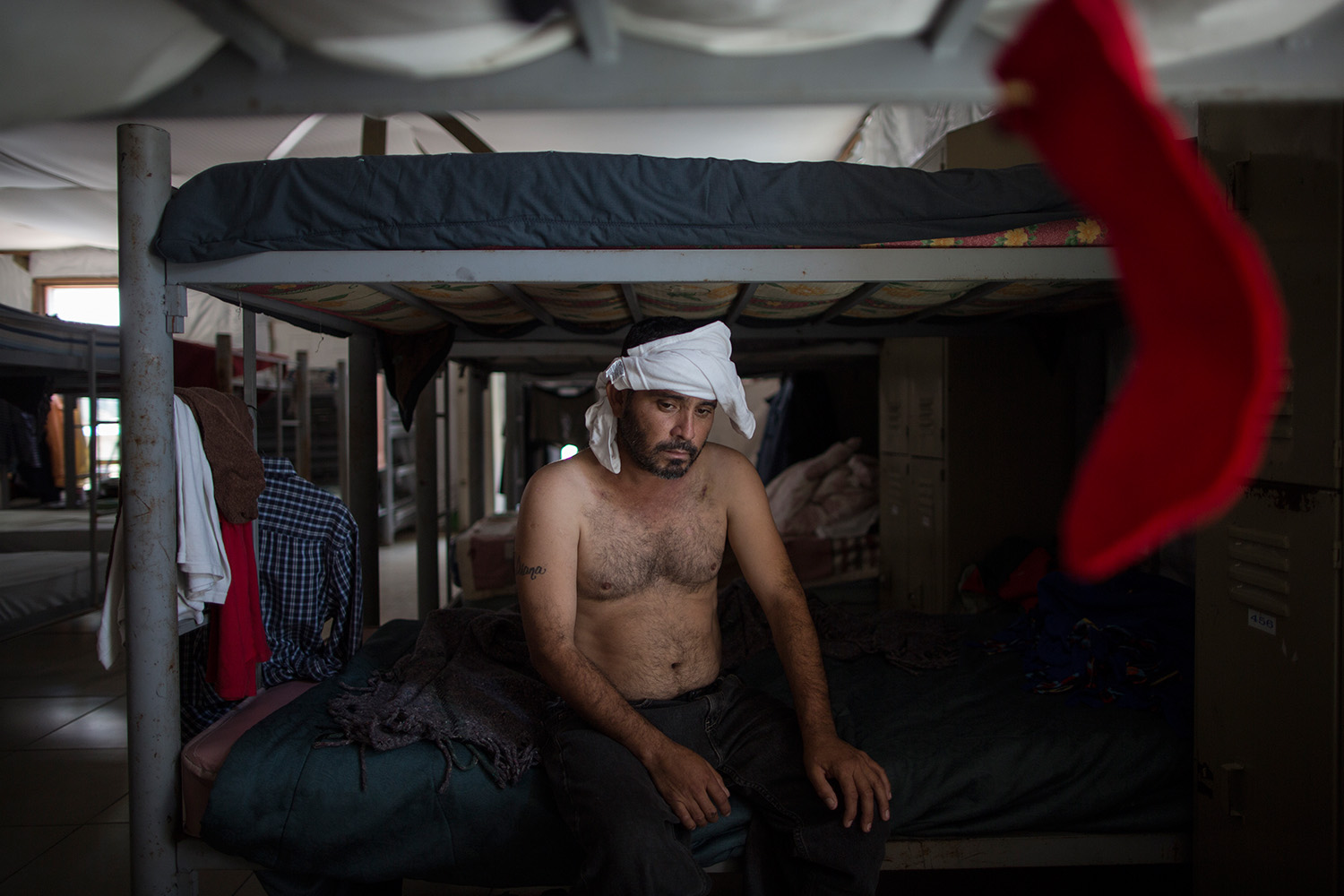Tales from the border: Day 1

The Meandering Border: Brownsville-Matamoros
Driving through Matamoros, Mexico, and its sister city Brownsville, Texas, feels like a homecoming. From 2008 to 2014 I was the AP’s correspondent in the Rio Grande Valley, which many locals consider a single binational community with a river running through it. One of the first stories I covered back then was the border fence; dozens of miles of it have since been built. It’s an 18-foot-tall see-through barrier designed to make crossing tougher for migrants and smugglers. It has also divided farmers from fields that have been in the family for generations, and even put a golf course out of business after it found itself on the wrong side.
Now I’m back, and a new border barrier has been proposed by President Donald Trump. This one would be 30 feet tall and span the length of the nearly 2,000-mile U.S.-Mexico frontier, if it is indeed ever built. This time I’m in the company of fresh eyes _ my AP colleague and photographer Rodrigo Abd. He lives in Peru, and it’s his first time in the Valley. To introduce Rodrigo to its peculiar geography, we drive to the Southmost neighborhood just east of Brownsville.
What many people don’t realize is that the Mexico-Texas frontier is the furthest thing possible from a straight line. The Rio Grande _ known south of the border as the Rio Bravo _ loops and twists and turns back on itself, leaving spits of land surrounded on three sides by terrain belonging to the other country. Critics say a barrier following these sinuous contours would be both impractical and illegal, since an international treaty bars any permanent structures in the flood plain that could divert the river. So the fencing that exists today was built in relatively straight segments that sometimes lie over a mile from the actual border.
One of those spots is in the backyard of 33-year-old Antonio Reyes, who lives with his wife and her father in the Southmost neighborhood in Texas just steps from the fence. The metal, rust-colored barrier is a stark contrast to their neatly manicured lawn shaded by papaya, citrus and guava trees.
U.S. citizen Antonio Reyes stands by the U.S.-Mexico border fence where his home's located in Brownsville, Texas, Wednesday, March 22, 2017. (AP Photo/Rodrigo Abd)
Reyes and his wife are both U.S. citizens who grew up in Brownsville. When Reyes’ wife was a child, there was no fence, and it was easy for anyone to wander across the yard. The family used to let migrants drink from their hose and even made them sandwiches. “Without the fence they would just run straight through,” Reyes says.
But over the years, the family got tired of the illegal traffic. “Now you don’t know who’s bad,” Reyes says, though he acknowledges they haven’t experienced any break-ins or other problems.
Reyes is not particularly impressed with the fence’s effectiveness. He’s seen people toss bales of marijuana over the top and into the yard: “They just load it and take off.” And he estimates it takes migrants and smugglers only about 15 seconds to scale it. Some have fallen and broken their arms or back.
Reyes says construction of the fence shifted the home on its foundations, so he’s not enthusiastic about the possibility of a bigger barrier. And he worries that if it’s solid, as Trump has suggested, it could block the breeze during stifling South Texas summers. “If (Trump) wants something 30 feet, he should build it over there where the water is,” Reyes says, pointing toward the Rio Grande, a half-mile to the south and out of sight.
A guard dog paces the roof of a bakery in Matamoros, Tamaulipas state, Mexico, Wednesday, March, 22, 2017, across the border from Brownsville, Texas. (AP Photo/Rodrigo Abd)
Text by Christopher Sherman & photos by Rodrigo Abd
Sherman and Abd will update their travelogue with regular text entries, photographs and videos.
Follow AP photographers on Twitter
Written content on this site is not created by the editorial department of AP, unless otherwise noted.
Visual artist and Journalist





